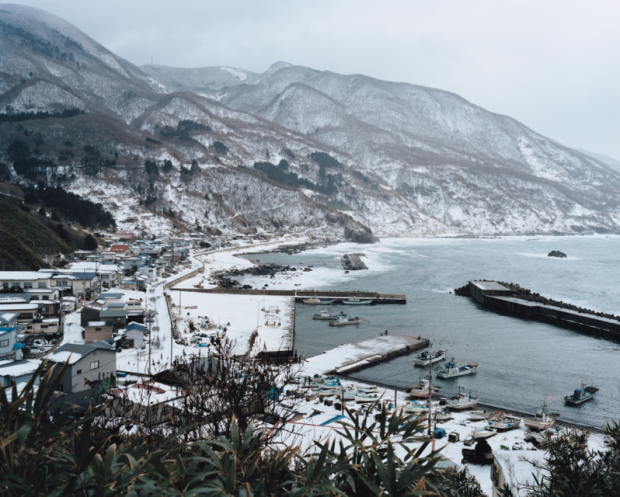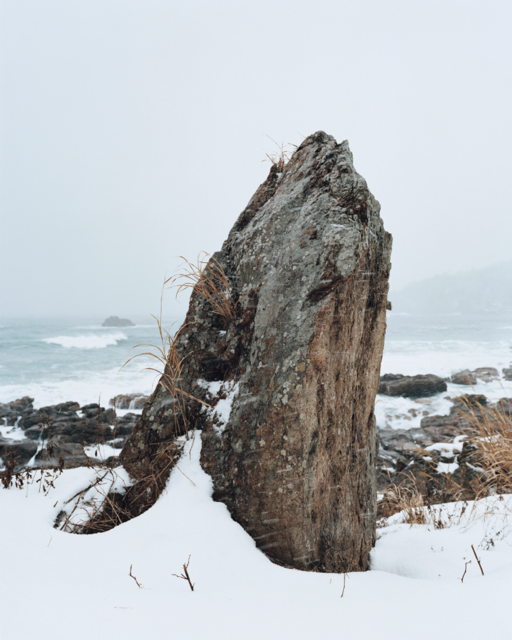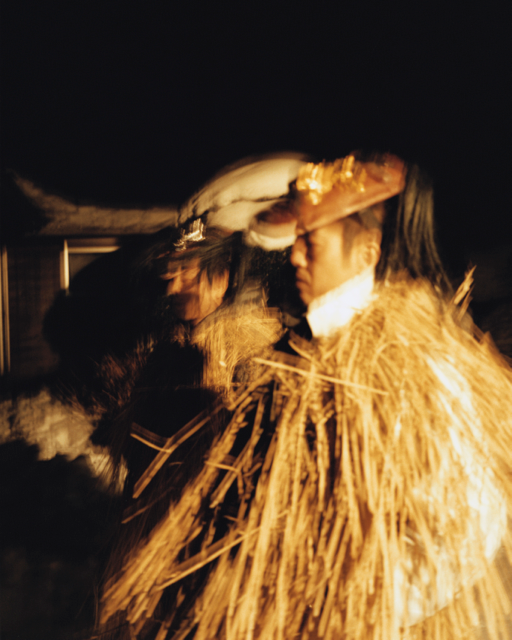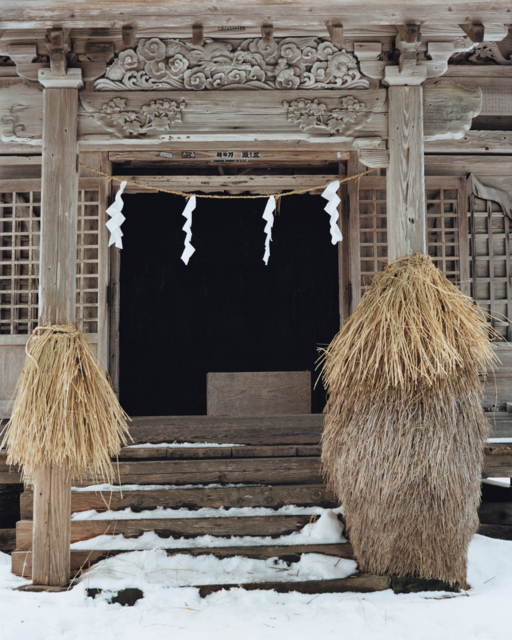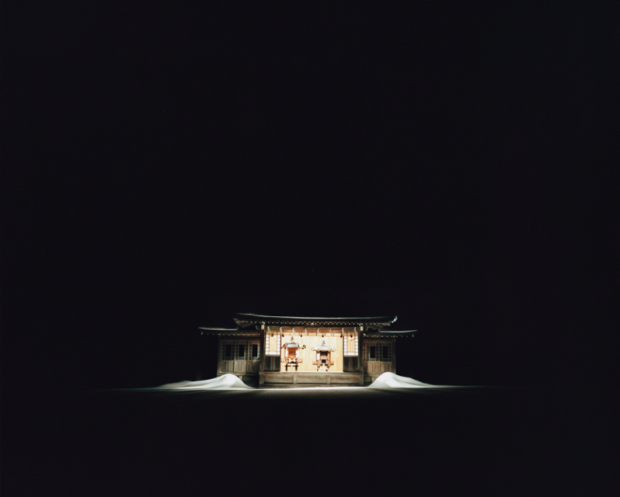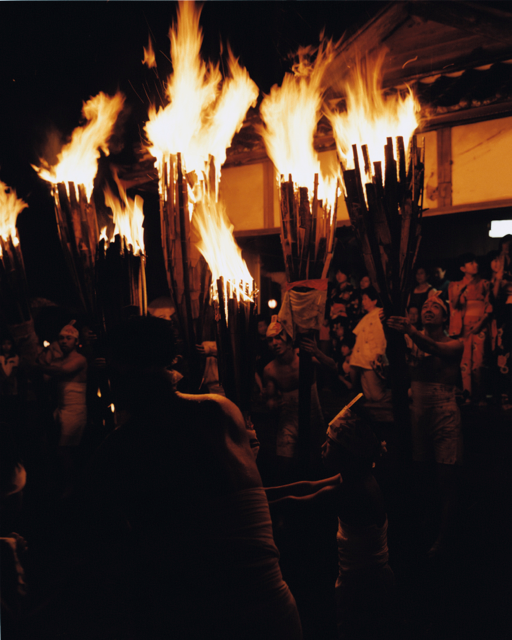FIELD NOTES
東北地方は日本列島の最大の島、本州の北東部を占める地域で、青森県、岩手県、秋田県、宮城県、福島県の6県からなる。気候的にはやや寒冷だが、 海、山、川、森など美しく豊かな風土に恵まれている。日本に古代人が定住し始めた約15000〜3000年前の縄文時代には、独特の縄目模様の土器で知られる縄文文化がこの地域を舞台に花開いた。だが、西方の奈良や京都に政治や文化の中心が移ると、東北は遅れた未開発の地域として中央政権の支配下に置かれる。それでもこの辺境の地には、縄文文化の伝統を受け継ぐ生命力あふれる精神文化がずっと保ち続けられてきた。
その東北地方を中心に、 2011年3月11日にマグニチュード9.0という大地震が襲った。死者・行方不明者あわせて2万人に迫るという大きな被害を出したこの大震災と、直後の福島第一原子力発電所の危機的な事故については、多くのメディアで報道され、東北の県や都市の名前も耳に馴染んだものになった。だが、東北の気候・風土・ 歴史、そしてそこで人々がどんな暮らしをしているかについては、ほとんど知られていないのではないかと思う。
本展はその東北を撮影した 10人(9人+1組)の写真によって構成される。1950〜60年代の農村を撮影した千葉禎介、小島一郎、東北各地の民俗儀礼や祭りなどを追った芳賀日出男、内藤正敏、田附勝、自らの個人史と故郷の光景を重ね合わせる大島洋、畠山直哉、東北の美しい自然にカメラを向ける林明輝、縄文時代の遺跡を通じて日本人の精神の起源を探る津田直の作品、そして伊藤トオルをリーダーに、宮城県仙台市の「無名の風景」を集団で撮影した「仙台コレクション」のシリーズである。
(国際交流基金 巡回写真展「東北—風土・人・くらし」案内状、飯沢耕太郎テキストより)
Tohoku is the northeastern section of Honshu, the largest island in the Japanese Archipelago, and is divided into six prefectures: Aomori, Iwate, Akita, Yamagata, Miyagi, and Fukushima. Although it has a rather cold climate, it is blessed with a beautiful and bountiful natural environment of seas, mountains, rivers, and forests. Is is also known as a center of the Jomon culture, which was developed by some of the first people living in Japan. Known for the flame-like forms of its pottery, this culture flourished in Tohoku between 15000 and 3000 years ago. When the center of political power and culture shifted to Nara and Kyoto in western Japan, Tohoku was placed under the rule of the central government and regarded as a backward and primitive region, but this magical area maintained a vital spiritual culture that preserved the Jomon sprit.
On March 11, 2011 an earthquake of magnitude 9.0 struck Japan, and the worst damage was concentrated in the Tohoku region. The impact was devastating. It left 20,000 people dead or missing and caused the unprecedented unclear accident at No.1 Fukushima Nuclear Power Plant. The media coverage of the destruction made many people familiar with the names of Tohoku cities and prefectures, but few are likely to have a broad knowledge of other aspects of the region – its climate, natural and cultural environment, history, way of life, or people.
This exhibition is composed of photographers’ of the Tohoku taken by nine individual photographers and one photographers group. Teisuke Chiba and Ichiro Kojima photographed Tohoku in the 1950s and 1960s. Hideo Haga, Masatoshi Naito, and Masaru Tatsuki have recorded festivals and folk religious rites throughout the region. Hiroshi Oshima and Naoya Hatakeyama have combined their personal histories with the landscapes of their home regions. Meiki Lin turned his camera toward the beautiful natural environment. Nao Tsuda searched for the source of the Japanese spirit in relics and artifacts of the Jomon period. A group of photographers led by Toru Ito have created the Sendai Collection, a series of photographs of anonymous scenes in Sendai, Miyagi prefecture.
(From the invitation of the exhibition “TOHOKU Though the Eyes of Japanese Photographers” by Japan Foundation, text by Kotaro Iizawa)
